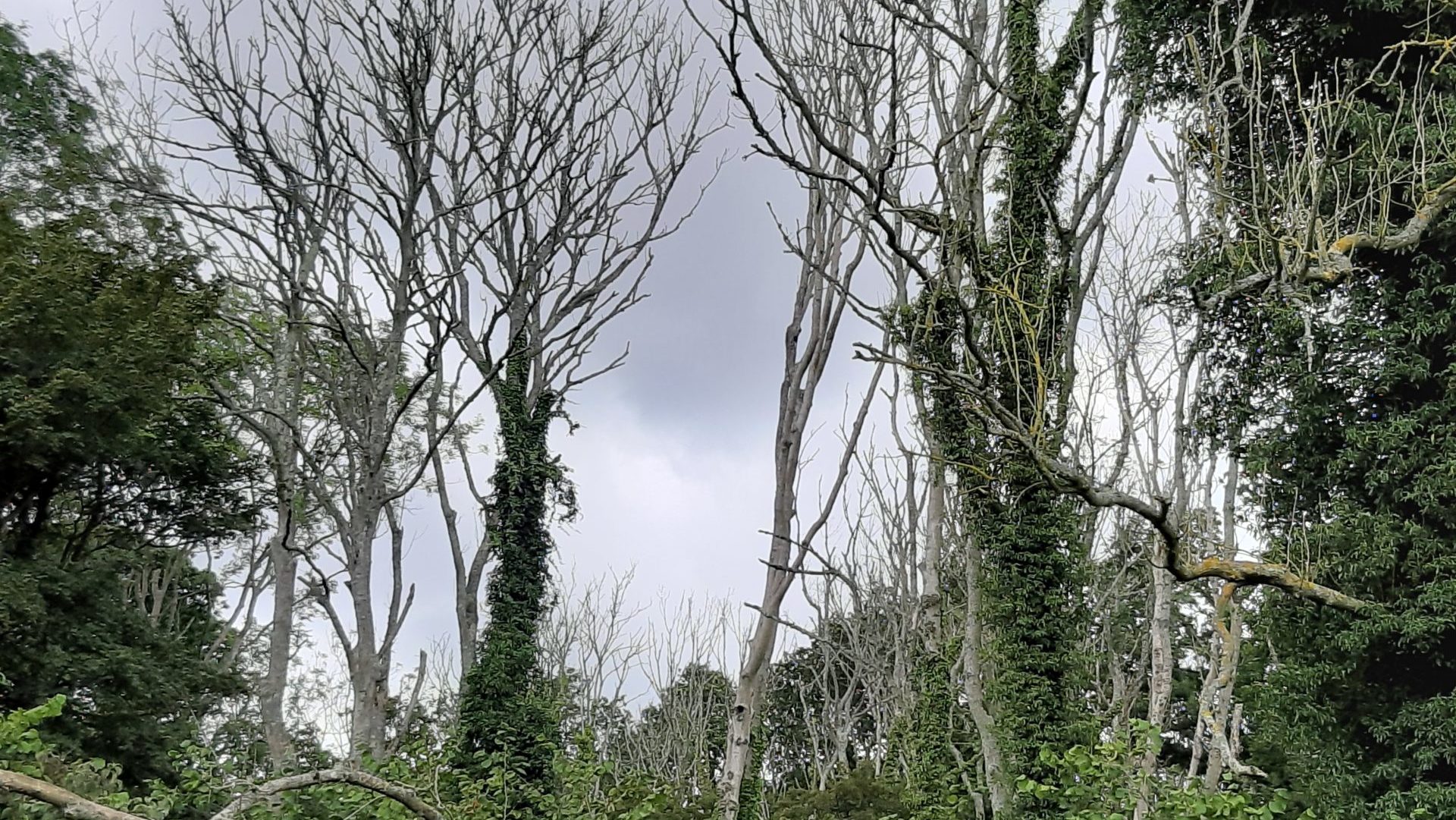Sharing Forestry Knowledge: Managing Ash Dieback
As ash dieback continues to impact woodland across the country, the Royal Forestry Society (RFS) and the Forestry Commission are sharing the experiences of landowners and managers in managing the disease. A second volume of case studies published this month looks at sites across England, Wales and Northern Ireland.

Picture credit: Forestry Commission
All those featured are willing to be contacted for further information. Read the new case studies here.
Royal Forestry Society Chief Executive, Christopher Williams, said: “Ash dieback continues to spread. The way in which you choose to manage it will vary depending on specific challenges. Safety will always be a priority, particularly in a woodland which is used by many people.
“The choice of tree species to replace lost ash is a critical factor in managing for the future. Your choices will depend on your management objectives.
“We are grateful to all those who have agreed to talk about experiences on their sites to help others facing similar decisions.”
The case studies span young and established woodland, woodland in historic landscapes and community woodland.
Emily Fensom, Woodland Resilience Officer, Forest Services, Forestry Commission said: “Most parts of the country are now experiencing the impacts of ash dieback. The disease is causing widespread decline of ash trees in some areas, and this is expected to continue. Replacing trees felled due to ash dieback is important for minimising the impact of the disease. The species chosen should be well suited to the current site conditions, and those likely to be seen in the future due to climate change.”
It is now ten years since the spread of ash dieback was identified in the UK, but it may have been present at low levels since 2005/6. Symptoms of ash dieback include leaf loss, crown dieback and bark lesions in affected trees. These symptoms can cause mortality directly or stress the tree to the point where it succumbs to secondary pathogens and extreme climatic events. Honey fungus (Armillaria spp.) in particular can colonise weakened trees resulting in root or lower stem rot.
Heavily affected trees can become brittle and unstable making them dangerous to climb or to fell by chainsaw and present a potential hazard particularly along roadsides and in areas of public access.
10 case studies featured in Volume One. Read them here.

